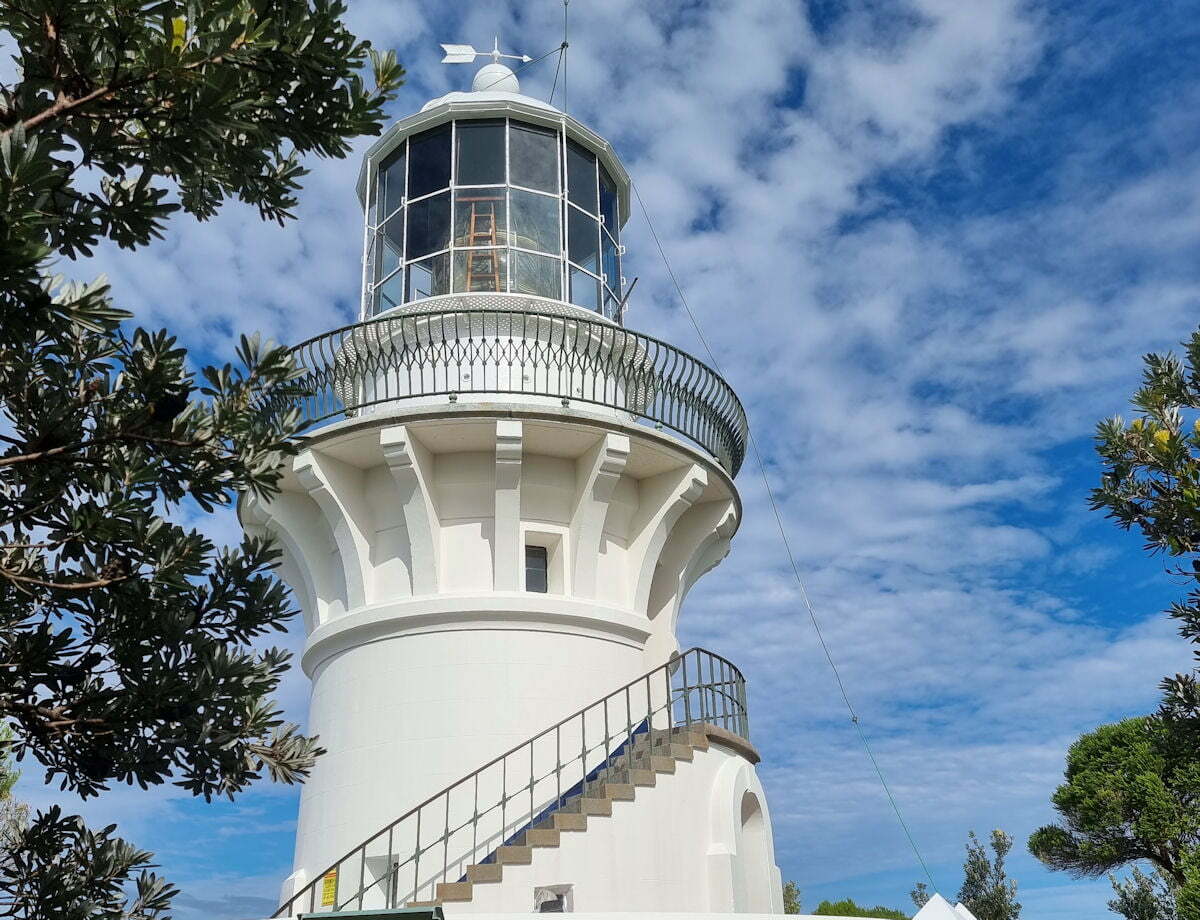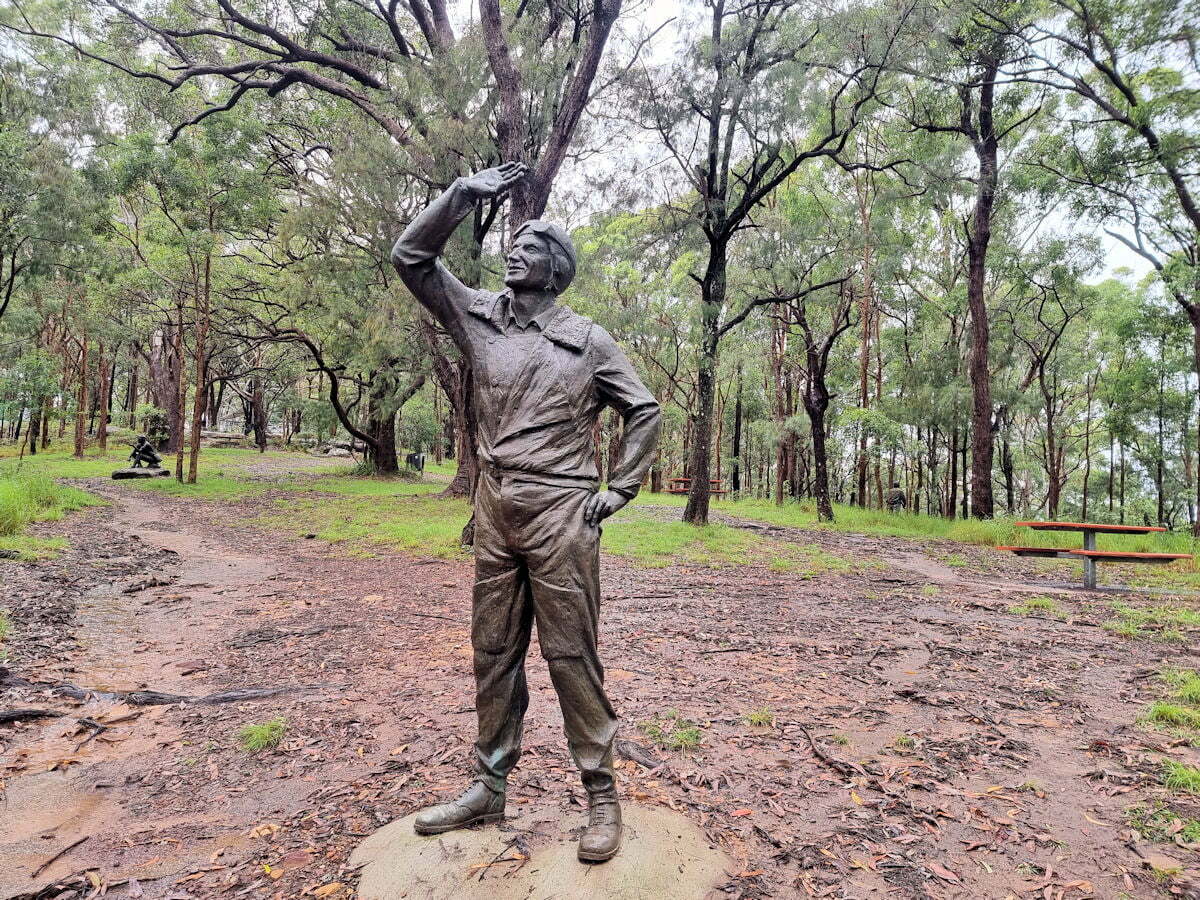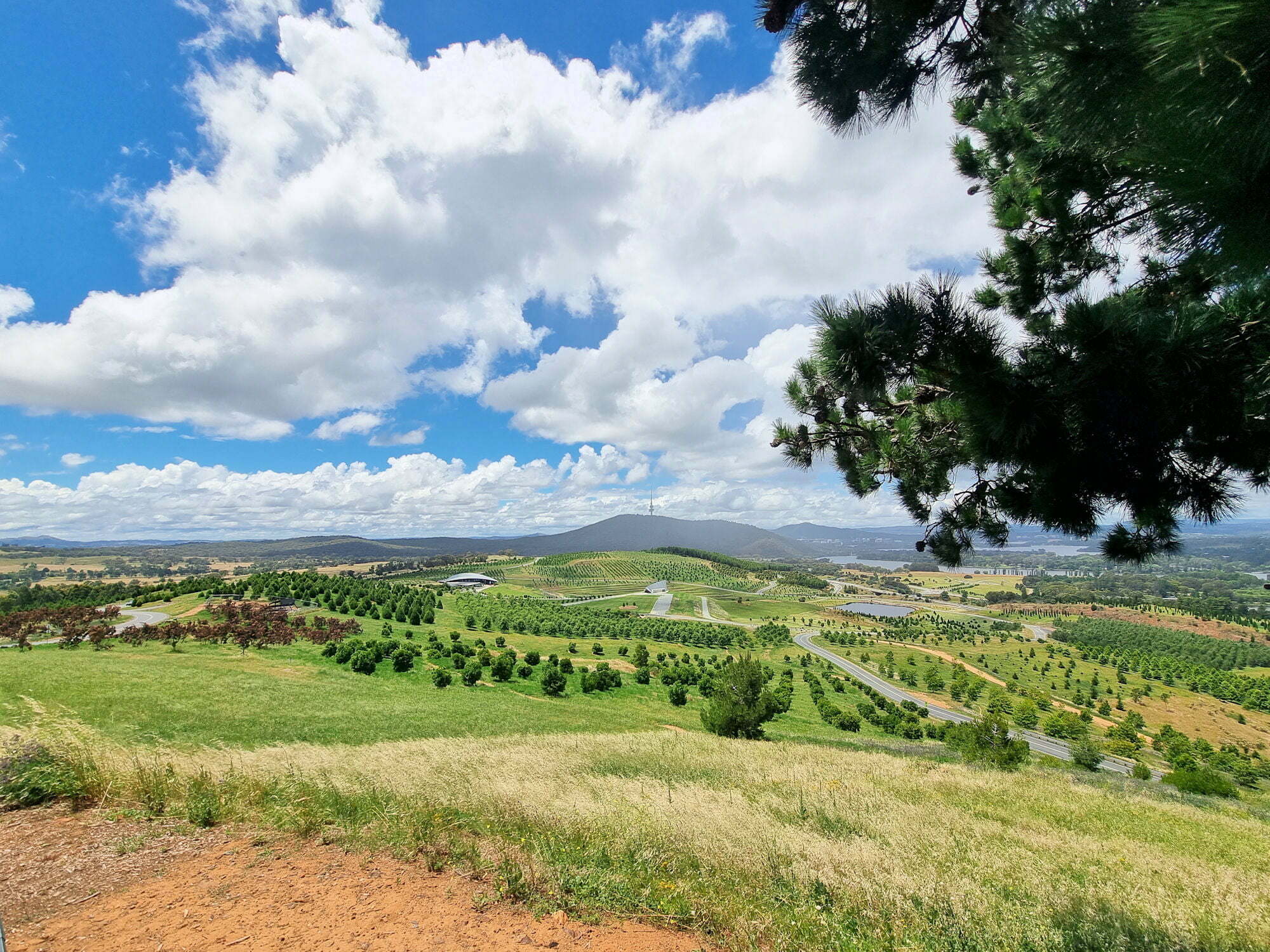Category: Lookout
-
Sugarloaf Point Lighthouse Seal Rocks

Sugarloaf Point Lighthouse Seal Rocks Besides amazing beaches, Seal Rocks has a lighthouse at Sugarloaf Point overlooking the ocean and more beaches. Sugarloaf Point Lighthouse stands on a headland east of Seal Rocks village. Designed by colonial architect James Barnet as his first lighthouse, it was completed in 1875. It is one of only two… Read more
-
Rumbalara Reserve Statues

Rumbalara Reserve Statues On a wet and rainy morning, we decided to go bush walking at Rumbalara Reserve near Gosford to see the statues. The forecast said some light drizzle clearing to a fine day. Well, it rained all the way during our drive there, where on arrival we waited another hour for the rain… Read more
-
National Arboretum Canberra Australia

National Arboretum Canberra Devastating bushfires in 2001 and 2003, burnt huge areas around Canberra. A recovery project to heal some of the damage included The National Arboretum, which now covers 250 hectares(618 acres in the old measurement). Although very much in its infancy, with plantings still taking pace, it’s a great place to visit. The… Read more